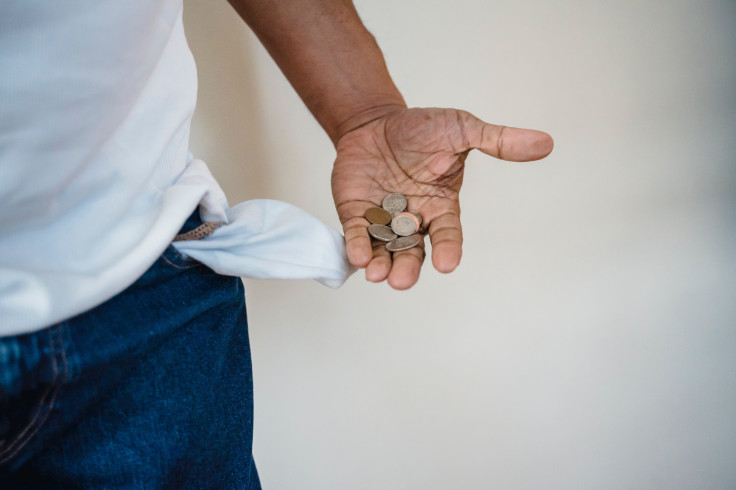
According to the U.S. Census Bureau, Hispanics overrepresent poverty in the United States with persisting poverty inequality. Additionally, 16.9% of Hispanics lived below poverty in 2022.
Today, the U.S. Census Bureau released data from the Current Population Survey Annual Social and Economic Supplement, showing that the Black population's poverty rate dropped to a historic 17.1% in 2022. However, economic inequality persists among the Black, Hispanic, mixed race, and American Indian and Alaska Native populations.
Black population was the only group with a significant drop in poverty, but Hispanic poverty still slightly declined. In 2021, 17.1% of Hispanics lived below poverty, while in 2022, 16.9% did, a slight decline. Ten years prior, in 2012, 25.6% of Hispanics lived in poverty, so Hispanics in poverty have decreased in the long term.

In 2022, data from the U.S. Census Bureau showed Hispanic people of all races made up 19.3% of the nation's population while representing 28.4% of the nation's poverty, giving them a poverty ratio of 1.5. Additionally, Afro-Latinos make up 12.5% of the Latino population, and 23% are in poverty, so there's a chance they are partly included in the Hispanic population's poverty percentage and the Black population's poverty percentage.
According to the report from the U.S. Census Bureau, if the ratio of population in poverty to the total population of a race group is 1.0 or lower, their share in poverty is lower than their share of the population. So, if the ratio of a group's population in poverty to the total population is higher than 1.0, they overrepresent the nation's poverty rate.
For example, that data showed non-Hispanic white people make up 58.5% of the nation's population while only representing 44% of the nation's poverty, which gives them a poverty ratio of 0.8. Asian people also held a poverty ratio under 1.0. Asian people made up 6.5% of the nation's population while making up 4.9% of the nation's poverty, giving them a poverty ratio of 0.8
People with two or more races comprised 2.9% of the population while representing 3.1% of the nation's poverty, giving them a poverty ratio of 1.1.
In contrast, Black people comprised 13.5% of the U.S. population but represented 20.1% of the nation's poverty, giving Black people in the U.S. a poverty ratio of 1.5.
The race groups with the highest poverty-inequality ratio were American Indians and Alaska Natives. They made up 1.2% of the nation's population but 2.6% of its poverty, giving them a poverty ratio of 2.2.
According to the report, the U.S. had a poverty rate of 11.5% in 2021 and 2022, and Black people were the only population to experience a significant change in poverty during that time. The current poverty percentage of 17.1% is a substantial change from 1959's highest record percentage of property for Black people, which was 55.1%
© 2025 Latin Times. All rights reserved. Do not reproduce without permission.




